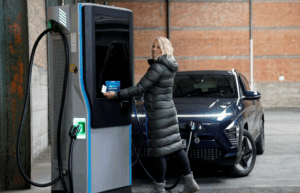
Home / EV Charging News / Understanding EV Charging Terminologies
As electric vehicles (EVs) become increasingly popular, it’s essential to understand the terminology associated with EV charging. This knowledge can help you make informed decisions about which EV to buy, how to charge it, and what kind of infrastructure you might need. Here’s a comprehensive guide to understanding the key terms and concepts in EV charging.
Understanding EV charging terminologies is crucial for making informed decisions about electric vehicle ownership and usage. From basic terms to advanced concepts, this knowledge can help you navigate the world of EVs more confidently and efficiently. As the technology continues to evolve, staying informed will ensure you can take full advantage of the benefits that electric vehicles offer.
